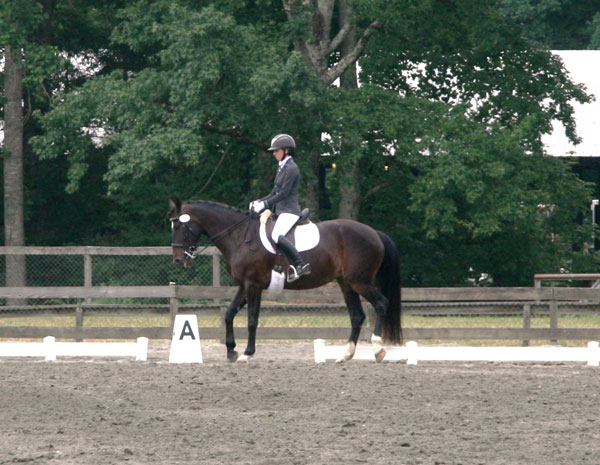In the last round of new dressage tests, a change was made under the heading of “submission” at the bottom to include the phrase “willing cooperation” as part of its definition. There has been some discussion that, when new tests are published again in a couple years, it will go even further, substituting “willing cooperation” for the heading of “submission” itself under the collective marks.

This could happen with all the agencies that write tests we use in this country, including FEI, USEF and USDF. Since I’m a professional editor, I generally am not in favor of using a longer, more-complicated term when a shorter one with fewer syllables will get the job done. In this case, however, I love the idea.
The USEF Rulebook used to contain the notion that submission did not mean “truckling subservience.” I think that was the favorite phrase from the Rulebook of every judge I knew because it sounded so funny – and, for goodness sakes, what did it really mean?! Obviously, no one wanted to see dead quiet horses just trudging around. Fortunately that phrase is no longer in the rule book, but “willing cooperation” can be seen throughout the definition of submission in DR116.
One of the questions I am asked most often is about what it takes to get an “8” instead of a “7.” One simple answer I give is “expression.” I also like to take that a step further at times and say “expression without tension.” If you want the epitome of that idea, go back and watch any of the performances of Valegro during the past year.
I had a scribe once who put a smiley face on the top part of the snowman that represents the number 8. That’s the right idea.
From the USEF Rulebook: “The Submission (Willing Cooperation) does not mean subordination, but an obedience revealing its presence by a constant attention, willingness and confidence in the whole behavior of the horse as well as by the harmony, lightness and ease it is displaying in the execution of the different movements. . . . Submission (Willing Cooperation) requires that the horse understands what is being asked of it and is confident enough in the rider to react to the aids without fear or tension.
My favorite part of that excerpt is “willingness and confidence.” A horse that exudes those qualities in the ring simply looks happy and so, for that matter, does the rider. In fact, the rider has to be pretty confident for the horse to be so, as well.
So, here’s my New Year’s resolution as a judge: I am going to try to erase “submissive” from my mental vocabulary (I may still have to write it at times) and substitute “willing and confident.” And, if I want a shortcut for my editor brain, well, I can ask myself whether the horse and rider look happy. If the answer is yes and there is expression without tension, well, that may easily translate into numbers above 7.











